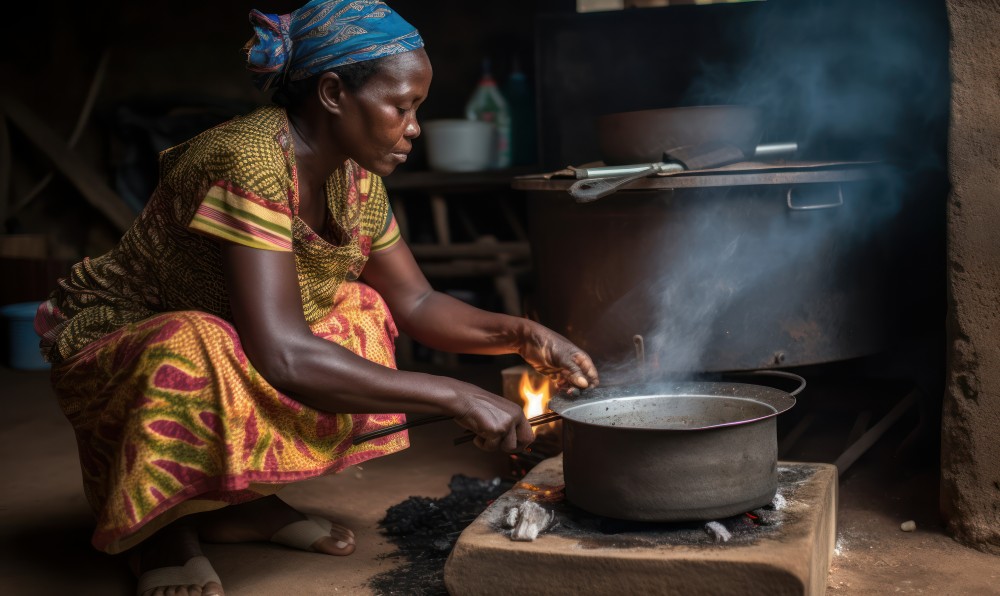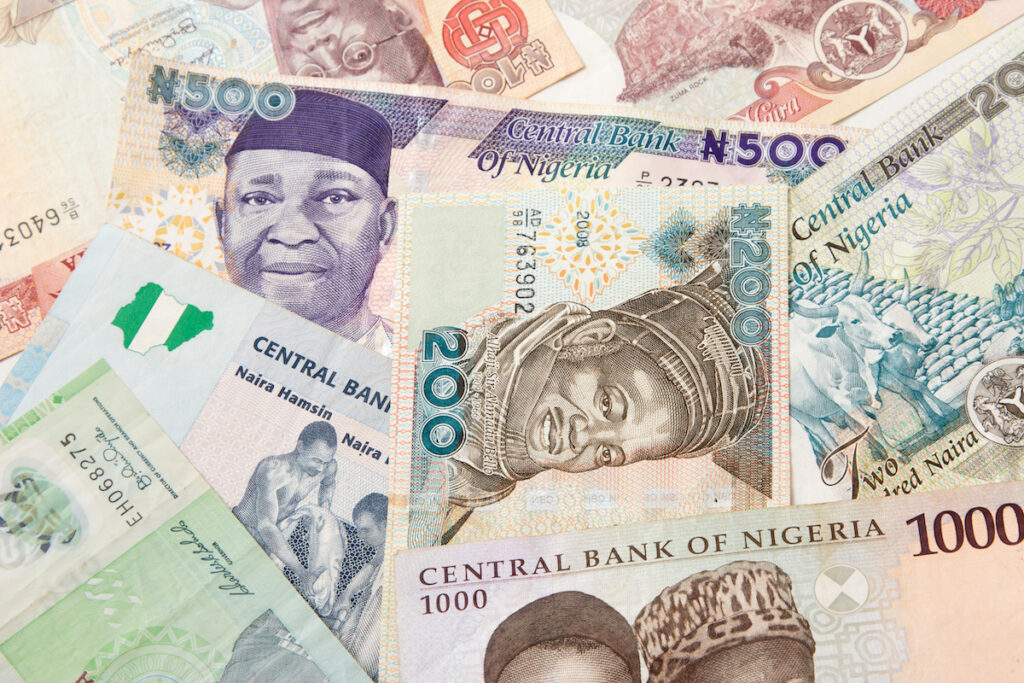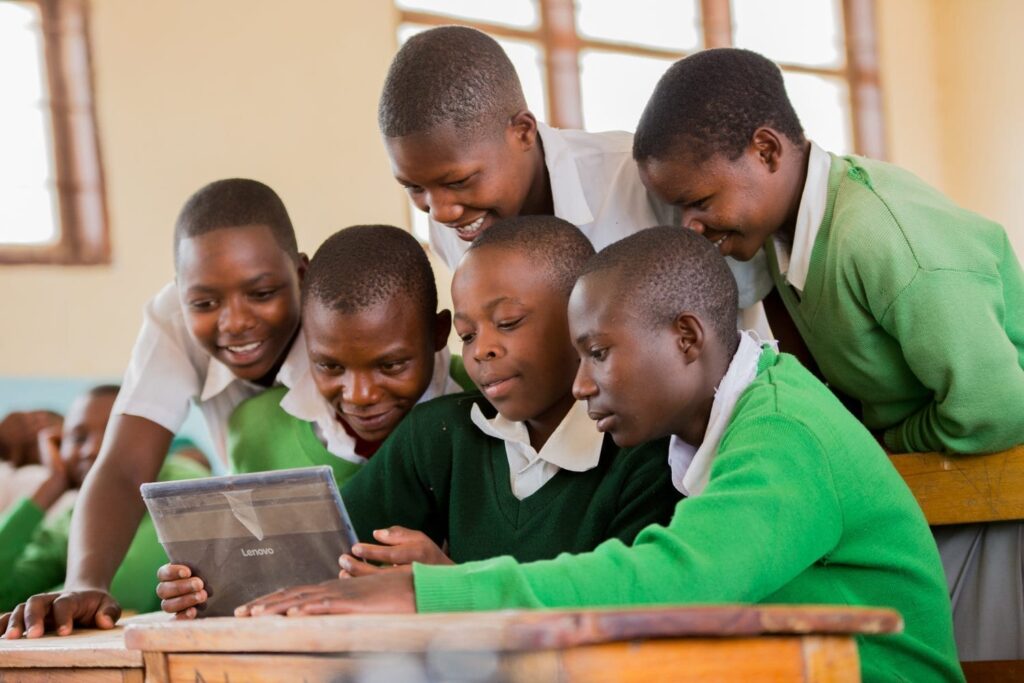Closing the Care Gap: A Look at Nigeria's Tobacco Control Efforts in Light of the Cancer Challenge
One of the global causes of death is cancer. It is estimated that approximately 10 million people die of cancer annually. Notably, one out of every six deaths worldwide is attributable to cancer, making it the leading cause of mortality on a global scale. In Nigeria, the annual death toll from cancer is around 72,000. The prevalence of cancer is higher among women than men. More specifically, cancer kills approximately 40,647 women and 30,924 men annually (IARC, 2022).
Cancer is attributed to a wide range of factors, including but not limited to unhealthy dietary choices, consumption of canned foods, genetic predisposition, and inadequate hygiene. Consequently, a broad spectrum of cancers exists, including breast cancer, lung cancer, cardiovascular cancer, cervical cancer, bladder cancer, and brain cancer, among others. High prevalence of tobacco smoking is a major cause of cancer attributed disease. According to research conducted by a UK-based cancer research centre, approximately 33% of cancer cases are directly attributable to tobacco smoking or usage, either through direct smoking or exposure to second-hand smoke. Lung cancer, primarily linked to smoking, is the most common cause of cancer-induced death. Moreso, smoking among pregnant women results in an increased risk of miscarriage, low birth weight, and sudden infant syndrome.
Cancer has been identified as a serious threat, and significant global efforts have been geared towards its prevention and treatment. As we mark this year's Cancer Day, themed "Close the Care Gap," it is imperative to examine the link between tobacco use and the global prevalence of cancer, with a particular focus on Nigeria.
Over time, extensive studies have shown how tobacco consumption leads to various types of cancer, notably lung cancer. Smoking cigarettes damages the cell's DNA, which controls the function of the body, leading to weakness in some organs in the body and, ultimately, the development of a cancer tumour. To reduce the rate of smoking and, by extension, the deaths related to tobacco use, the government, in collaboration with other international development partners, has made significant efforts to regulate tobacco use in Nigeria.
The effort dates back to the 1950s. Even though there is a presence of industrial interference, Nigeria has made significant progress in tobacco control efforts. This includes passing the National Tobacco Control Bill in 2015 and implementing policies restricting tobacco advertising, promoting, and sponsoring; creating smoke-free areas; increasing tobacco product taxes; and managing industry interference. These initiatives align with the WHO MPOWER Framework, although the country has not fully met the threshold recommended.
Individuals grappling with tobacco-induced cancer often find themselves in vulnerable situations, predominantly characterised by economic hardship. Many of these people belong to the socio-economically disadvantaged strata of society, lacking the financial means to adequately care for themselves. Furthermore, a significant portion of this population may not have received adequate education to learn about living a healthy lifestyle while dealing with cancer. These issues are further aggravated by the inadequate healthcare infrastructure in some regions, making early cancer detection difficult. As a result, the disease may progress to a critical stage before being diagnosed. Additionally, individuals in this situation often confront psychological issues, including neglect by family members, social discrimination, ethnic origins, age, gender, and overall lifestyle.
Strategies to Close the Care Gap
Given the challenges experienced by people affected by tobacco-induced ailments, it is imperative to enhance the enforcement of the MPOWER framework. Specifically, the ‘O’ in the framework depicts the importance of offering help and care. Achieving this requires the concerted efforts of governments, civil society, and development partners. Public awareness initiatives and widespread campaigns to educate the public on the dangers of tobacco use and promote available support for those seeking help to quit are essential. In addition, offering help involves promoting access to smoking cessation services, including counselling and nicotine replacement therapies, to support individuals in their journey to quit.
Furthermore, studies have shown that health workers often blame patients for their predicaments; this often leads to delayed diagnosis of disease. Therefore, fostering empathetic communication is essential. Education initiatives can improve healthcare workers’ understanding of addiction challenges, thereby promoting cultural sensitivity to prevent making assumptions. Encouraging smoking cessation services, incorporating behavioural health support, and adopting patient-centred care all contribute to a holistic approach. Continuous professional development ensures healthcare workers stay informed while creating a supportive environment that builds trust. By adopting these strategies, healthcare workers can provide care while promoting a compassionate and effective approach to tobacco control.
The role of family and friends in supporting individuals with tobacco-related illnesses cannot be overemphasised. Providing emotional support and empathy helps create a positive environment for the individual. Encouraging them to seek professional help and participate in cessation programmes can help them quit tobacco use. Family and friends can communicate openly and non-judgmentally, building trust and support. Active participation in smoking cessation activities, such as attending counselling sessions or joining support groups, demonstrates a shared commitment to overcoming the challenges of tobacco addiction. Offering encouragement, celebrating milestones, and reinforcing healthier lifestyle choices contribute to a comprehensive support system for individuals who want to quit tobacco and avoid tobacco-related diseases.
In conclusion, tackling cancer issues and bridging the care gap requires a collaborative and holistic approach. Given that tobacco smoking is a major cause of cancer, effective implementation of the MPOWER framework, particularly in terms of providing assistance, necessitates coordinated efforts from government, civil societies, and development partners. These collective strategies would go a long way towards providing a supportive environment, encouraging healthy lifestyle choices, and preventing tobacco-related diseases in our society.


 English
English
 Arab
Arab
 Deutsch
Deutsch
 Português
Português
 China
China






